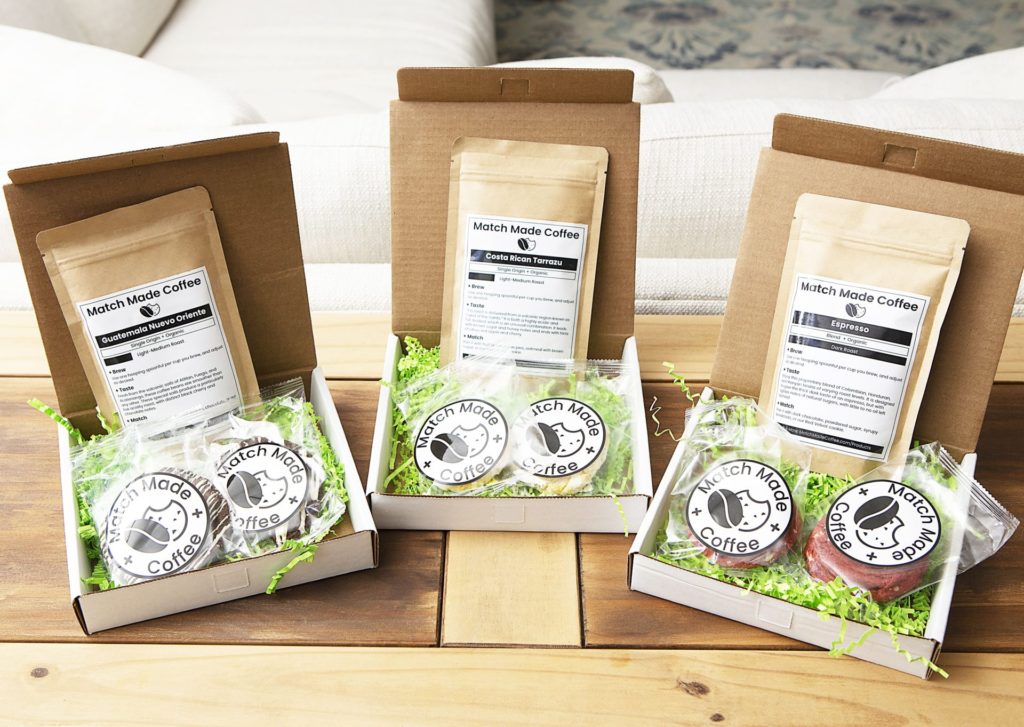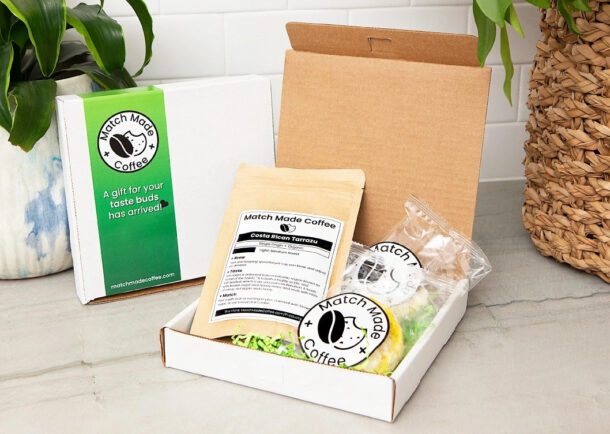What’s easier than opening up your pouch of coffee, pouring some water into your machine, and then waiting 5 minutes while your coffee maker converts water into black gold? Well, sticking a little plastic Keurig k-cup into a coffeemaker I guess just makes one cup at a time and allows flexibility between cups, and it doesn’t require the muscle strength to pour the ground coffee into the coffeemaker, and then press yet another button on the coffeemaker.
But, hey, efficiency right?
I’m all for that. What I do have a problem with? How about intense levels of germs. It’s notoriously difficult to fully clean the thing, and the best you can hope for is in this article that involves paperclips, straws, full disassembly, and a few rounds of alternately brewing water and vinegar to clean it.
Oh, does nobody you know with a Keurig actually do that? Not surprising. It’s actually a huge problem for Keurigs, as well as most coffeemakers that utilize tons of tubes. You’ve got to be careful. You know, only if you dislike that on average they have more germs than door handles and toilet seats…
No worries though, you’ve got an immune system for a reason, and any coffee reservoir should be cleaned. It’s not Keurig’s fault that they’re one of the coffeemakers that have a ridiculously hard to clean tubing systems in place- there are others, too. Keurig users are probably willing to deal with this because they can have multiple coffees that don’t go bad easily (because food products that go bad is so 19th century), and can be stored in the kitchen and be ready day or night in almost no time flat.
Wait, I forgot though, what do you do with k-cups after that? Throw them away? That’s part of the reason why a Keurig co-founder has come to hate his invention and his contribution to the company. The inventor told The Atlantic in the article we just linked:
I don’t have [a Keurig]. They’re kind of expensive to use. Plus it’s not like drip coffee is tough to make. It’s like a cigarette for coffee, a single-serve delivery mechanism for an addictive substance. [Given the environmental consequences] I feel bad sometimes that I ever [worked to make the Keurig]. No matter what they say about recycling, those things will never be recyclable.
Did you know that over 8 billion k-cups get thrown away each year? Human brains are really bad at working with numbers that large, so how about a visual: if a year’s worth of k-cups were placed end to end, they would go around the Earth’s equator more than 3 times; and since the Keurig’s inception, if the k-cups were pointed towards the moon the k-cups would actually reach it with plenty of room to spare.
That’s one small sip for Man, one blind leap for humanity.
Ironically, Keurig came from a company that was trying to partake in fair trade and responsible farming. And, they still do that for the coffee portion and you can see it on their site; but what about the k-cups themselves and not just the coffee beans? Some of the materials now needed for the massive amounts of k-cups they produce are actually leading to rainforest deforestation, along with rivers and dams being re-directed or destroyed to be able to continue to produce these. There’s of course a petition to stop all of this, if you’re so inclined.
I’ll lay out the argument for Keurigs and k-cup users as I see it now. Essentially, the split seconds of time savings is worth more than
- Your health. So what that I’m drinking from something that has more germs than a toilet seat?
- The environment. So what that the plastics in the k-cups don’t degrade, and that rainforests are being dredged up?
- Quality coffee. Most of the k-cups contain more than just coffee, but it’s really tough to get them to post their ingredients. Keurig says some of their stuff has sugars, fats, and artificial sweeteners, but they really hide what’s going on, not surprisingly.
So, what’s your take on this? If you use Keurig, does this make you reconsider? Is there something that we’re missing? We admit that it’s a cool idea, but the more you look into this, the shadier it seems to get…






